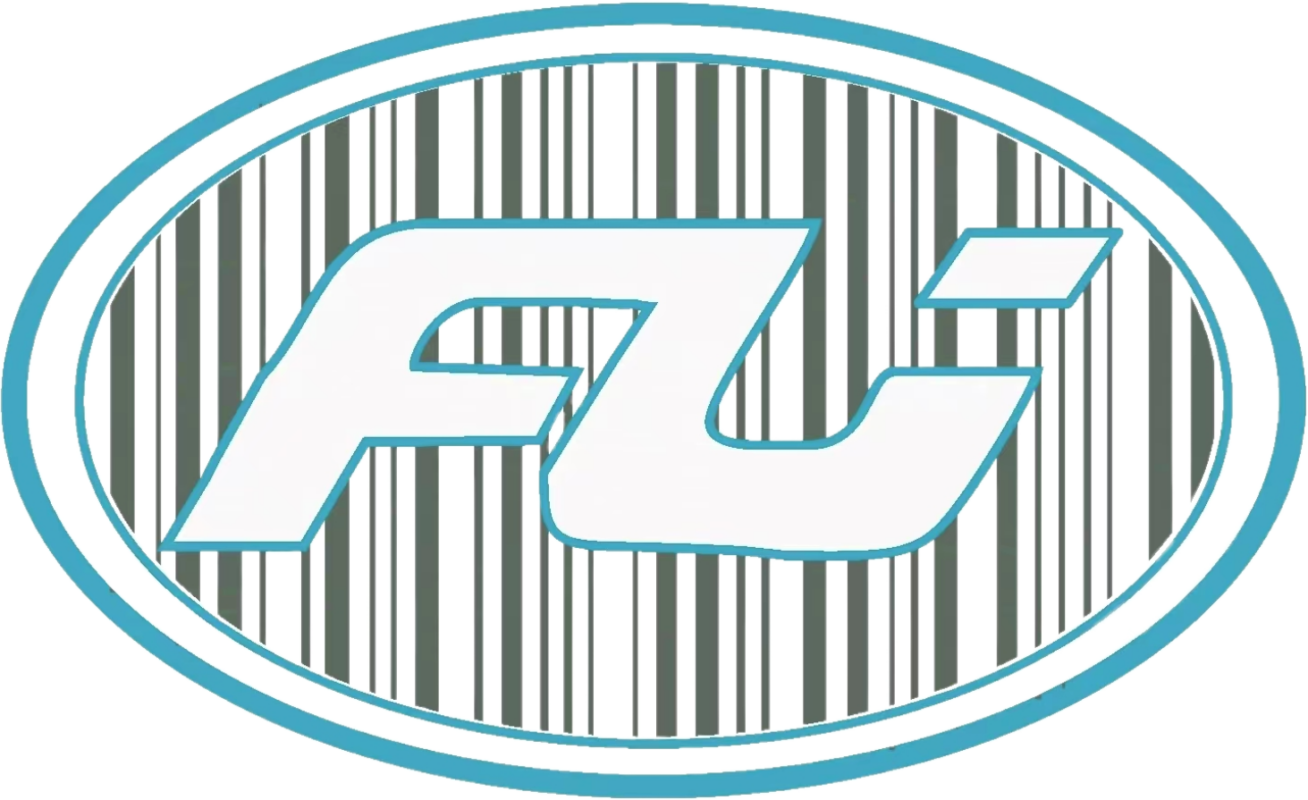ブログ
What Are Thermal Shipping Labels? A Complete Guide for B2B Buyers
The fast-moving supply chain and logistics sector demands unwavering accuracy, rapid processing speed alongside enduring durability. The thermal shipping label serves as a vital component that ensures efficient operations throughout warehouses, fulfillment centers, and shipping facilities. Pressure-sensitive labels serve as essential tools for marking packages, pallets, and cartons with barcodes alongside addresses and tracking information.
B2B buyers who work as distributors alongside wholesalers and logistics professionals will find this guide offers a comprehensive analysis of their needs. This exploration covers the definition of thermal shipping labels and examines their underlying technologies while identifying their industry uses and demonstrating how bulk purchases can be made both efficiently and economically.
What Are Thermal Shipping Labels?
Definition
Thermal shipping labels rely on heat application to print adhesive labels for marking shipments. Shipping labels contain essential information to mark parcels including tracking numbers and shipping addresses which feature barcodes and product SKUs.
Their design supports quick printing capabilities while maintaining strong adhesive properties and clear visibility throughout transportation and storage processes.
Dimensions
- Shipping labels most frequently come in dimensions of 4 x 6 inches which is equivalent to 101.6 mm x 152.4 mm.
- You can order label sizes that fit various carriers or internal organizational needs.
Common Substrates
- Coated paper
- Polypropylene (BOPP)
- Polyester (PET)
Thermal Printing Technologies
Shipping labels utilize two primary thermal printing methods.
Direct Thermal (DT)
- When heat-sensitive paper encounters a thermal printhead it turns black.
- Advantages:
- No need for ink or ribbon
- Lower maintenance and cost-effective
- Limitations:
- Printing substrates are unsuitable for environments that experience high temperatures or rough handling and are designed for extended use.
- Prone to fading over time
Thermal Transfer (TT)
- A wax/resin-coated ribbon melts onto the label surface to produce markings during thermal transfer printing.
- Advantages:
- Long-lasting and highly durable
- Resistant to moisture, UV light, and chemicals
- Limitations:
- Requires ribbon replacement
- Slightly higher cost per label
Benefits of Thermal Shipping Labels
- High-speed printing for high-volume operations
- Precise barcode clarity for automated scanning
- Compatible with warehouse automation systems
- Thermal shipping labels are available in various sizes and formats to meet the requirements of different logistics systems.
- The adhesive used in these labels remains effective on cardboard surfaces as well as plastic and metal materials.
- Minimized printer downtime and maintenance
Key Components of Thermal Shipping Labels
Facestock
- Paper or synthetic material used for printing
- Affects print quality and durability
Adhesive
- Permanent: Ideal for standard shipping cartons
- Removable labels work well with reusable crates and temporary labeling needs.
- Freezer-grade labels maintain functionality in frozen or cold storage settings.
Liner
- Silicone-coated paper or film
- Protects adhesive and enables roll/sheet feeding
Industry Applications of Thermal Shipping Labels
eCommerce Fulfillment
- Order tracking and shipment labeling
- Return address and product barcode labels
Warehousing and Distribution
- Pallet identification
- Bin and shelf labels
- Internal routing stickers
Food and Beverage
- Cold chain shipping labels
- Date and batch tracking on outer packaging
Pharmaceuticals and Medical
- Lab sample shipping
- Controlled substance and compliance labeling
Manufacturing and Industrial Goods
- Shipping labels for heavy parts
- Internal transfer and inventory control
Thermal Label Sizes and Compatibility
Common Sizes
- 4″ x 6″ – Industry standard for shipping
- Larger parcels and dual-language labeling require the use of 4″ x 8″ thermal shipping labels.
- The 2″ x 1″ thermal shipping label size serves small product packaging needs such as jewelry and electronics.
Core Sizes
- 1-inch core for desktop printers
- 3-inch core for industrial printers
Compatible Printers
- Desktop: Thermal printers like Zebra, TSC, etc.
- Industrial printers function at high speeds with large roll capacities to handle high-volume tasks.
Learn to select the ideal thermal shipping label for your needs.
Step 1: Define Application
- What product or package is being labeled?
- Does the label experience temperature changes or chemical contact?
Step 2: Choose Between Direct Thermal and Thermal Transfer
- Short shelf life (1–6 months) → Direct Thermal
- Use Thermal Transfer printing for labels that need to survive more than six months or endure harsh environmental conditions.
Step 3: Consider Surface Type
- Cardboard: Works well with standard adhesives
- Plastic/Metal: May need high-tack or specialty adhesives
Step 4: Determine Printing Method
- Compatible with existing hardware
- Confirm print quality with sample run

Customization Options
- Custom label sizes and die shapes
- Pre-printed logos or data
- Color blocks or indicators for warehouse zones
- RFID-enabled versions for high-value tracking
- Tamper-evident or security printing for compliance
Bulk Ordering and Supply Considerations
Minimum Order Quantity (MOQ)
- Starts at 10,000 pieces for custom jobs
- Lower MOQ possible for standard blank formats
Lead Time
- The lead time ranges from 5 to 15 business days due to volume and customization factors.
Quality Control Checklist
- Adhesive strength on various substrates
- Barcode scan grade (A/B preferred)
- Print resolution and alignment tests
- Environmental resistance testing
Cost Factors
- Print technology (DT vs TT)
- Facestock material (paper vs synthetic)
- Adhesive type and liner thickness
- Roll size and core diameter
Packaging and Shipping
- Roll or fanfold format
- Shrink-wrapped with labeling for easy handling
- Export-ready cartons with label orientation info
Conclusion
Modern B2B logistics operations rely heavily on thermal shipping labels. Thermal shipping labels make tracking easier to manage while simplifying barcode scanning and minimizing printing expenses and they also deliver needed durability in complex supply chains.
Knowledge of direct thermal and thermal transfer label differences combined with shipping environment evaluation and appropriate adhesive and material selection enables confident procurement choices.
High-quality thermal shipping labels provide distributors, resellers, and purchasing managers with operational efficiency and dependable delivery which leads to satisfied customers.
Frequently Asked Questions (FAQ)
Are thermal shipping labels waterproof?
Thermal transfer labels with synthetic facestock are waterproof. Direct thermal labels are not recommended for high-moisture environments.
Can I use direct thermal labels for freezer shipments?
Only if the adhesive is specifically formulated for cold environments. Otherwise, use thermal transfer with freezer-grade adhesive.
What’s the standard size for thermal shipping labels?
4 x 6 inches is the most commonly used size for domestic and international shipments.
How long do thermal labels last?
Direct thermal: 6–12 months depending on storage. Thermal transfer: up to 3–5 years with proper materials.
Can I customize thermal shipping labels with logos or text?
Yes. Pre-printed logos, color highlights, batch codes, and QR codes can all be added.
Looking for a Reliable Supplier of Thermal Shipping Labels?
Contact us today to request samples or a bulk quotation.
📧 Email: sales@foyottr.com
📞 Tel: +86-592-6018318
🌐 Website: https://foyottr.com

